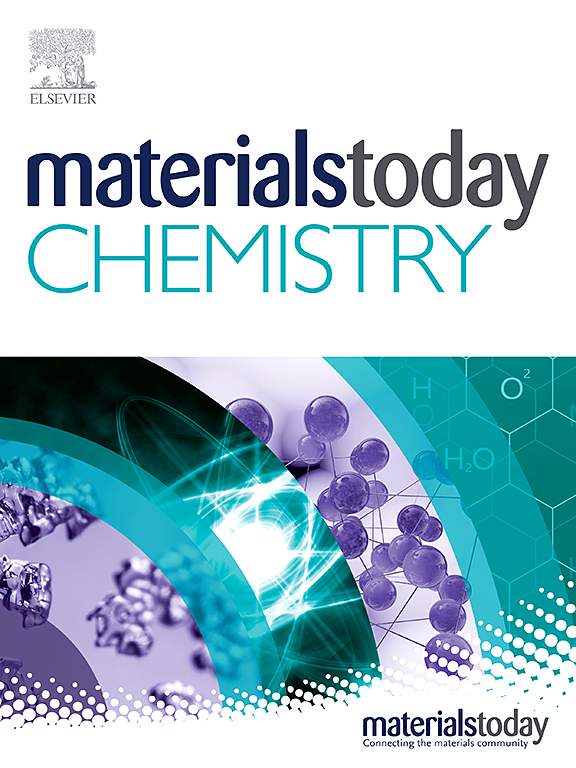从高级合成到组织工程的支架结构
IF 6.7
2区 化学
Q1 CHEMISTRY, MULTIDISCIPLINARY
引用次数: 0
摘要
在某些创伤或突发事件中,组织损伤或损失会严重影响人体的整体健康和福祉。合成材料和天然材料在生物医学领域有着广泛的应用,包括生物致动器、生物传感器、神经植入物、给药系统和组织工程支架。本综述特别关注这些材料在组织工程方面的应用。组织工程支架可作为细胞外基质,在形成新组织之前与细胞相互作用。支架的化学和结构特性对于为组织工程应用创造理想的三维结构至关重要。用于组织工程的支架应具有适当的结构和机械性能,并支持细胞粘附、增殖和分化。关于影响细胞-支架相互作用的各种支架特性,如表面形貌特征(粗糙度和亲水性)和支架微结构(孔隙大小、孔隙率、孔隙互连性、孔隙和纤维结构),已经开展了大量研究。本综述还重点介绍了用于制造具有组织生物相容性所需特性的支架的技术,以及支架的理想特性和现代支架的应用。本文章由计算机程序翻译,如有差异,请以英文原文为准。
Landscape of scaffolds from advanced synthesis to tissue engineering
Tissue damage or the loss of tissue in certain traumatic situations or unexpected events can severely impact the body's overall health and well-being. Synthetic and natural materials have a wide range of applications in the biomedical field, including bioactuators, biosensors, neural implants, drug delivery systems, and tissue engineering scaffolds. This review focuses specifically on these materials for tissue engineering applications. Tissue engineering scaffolds act as an extracellular matrix that interacts with cells before forming new tissue. The chemical and structural characteristics of scaffolds are crucial in creating an ideal three-dimensional structure for tissue engineering applications. Scaffolds used for tissue engineering should possess proper architecture and mechanical properties, as well as support cell adhesion, proliferation, and differentiation. A significant amount of research has been conducted on the topic of various scaffold properties, such as surface topographic features (roughness and hydrophilicity) and scaffold microstructures (pore size, porosity, pore interconnectivity, and pore and fiber architectures) that influence cell-scaffold interactions. This review also highlights on the techniques used to create scaffolds with the required property of biocompatibility with tissues, as well as its desired properties and applications where scaffolds are currently being used in modern times.
求助全文
通过发布文献求助,成功后即可免费获取论文全文。
去求助
来源期刊

Materials Today Chemistry
Multiple-
CiteScore
8.90
自引率
6.80%
发文量
596
审稿时长
33 days
期刊介绍:
Materials Today Chemistry is a multi-disciplinary journal dedicated to all facets of materials chemistry.
This field represents one of the fastest-growing areas of science, involving the application of chemistry-based techniques to the study of materials. It encompasses materials synthesis and behavior, as well as the intricate relationships between material structure and properties at the atomic and molecular scale. Materials Today Chemistry serves as a high-impact platform for discussing research that propels the field forward through groundbreaking discoveries and innovative techniques.
 求助内容:
求助内容: 应助结果提醒方式:
应助结果提醒方式:


